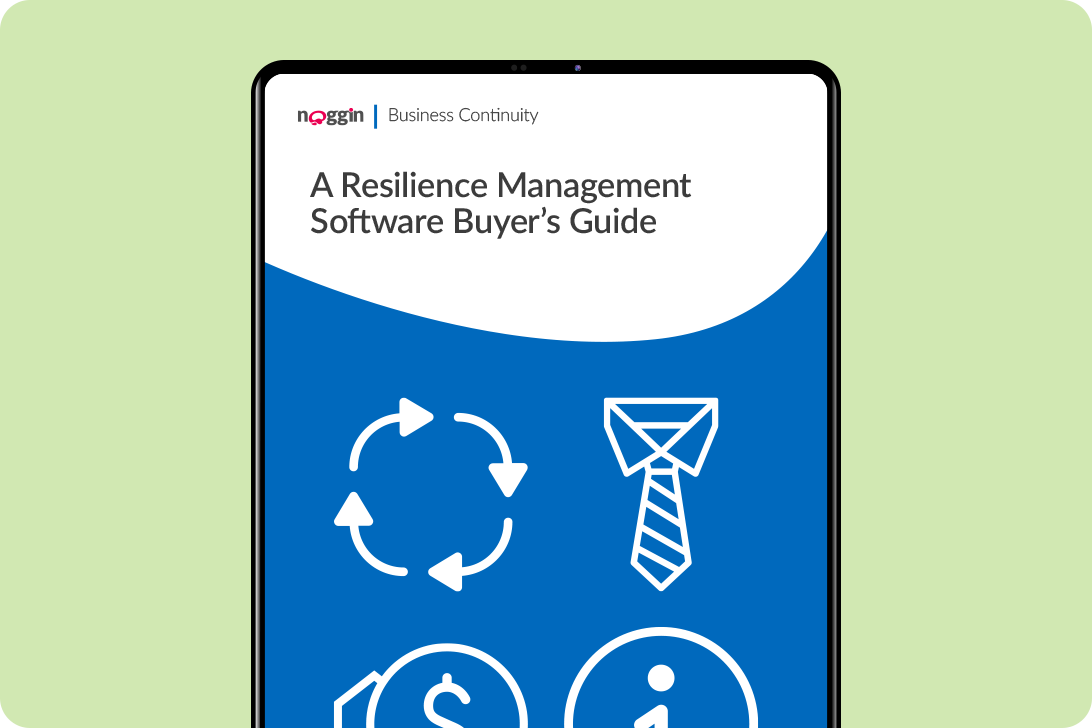The Three Key Threats to Corporate Security This Year
In today's business landscape security threats are increasing in number, intensity, and frequency for all organizations. But what are the top three threats to Corporate Security this year? Read on to find out.
The post-COVID landscape challenges corporate security practitioners
Fewer employees in traditional offices haven’t made corporate security any less challenging in the post-COVID era. In fact, it’s become arguably more complicated. But what are the factors contributing to the rise in corporate security risk?
In this article, we address the evolving landscape of corporate security management in 2023 to diagnose the three key threats to corporate security that organizations face today.
Three Key Threats to Corporate Security This Year
Let's get into the key threats to corporate security businesses may face this year:
1. The Continued Impact of COVID-19
The lingering impact of COVID-19 remains a significant factor affecting corporate security in 2023. The pandemic led to a substantial surge in remote working. However, many organizations retained their physical office spaces despite the shift.
Now, maintaining building occupancy has become of growing concern, notes insurer Nationwide. Properties are oftentimes vacant or poorly tenanted, exposing them to new security risks.
In turn, businesses have attempted to repurpose their spaces or add new amenities to accommodate updated workplace norms and foster hybrid environments. These initiatives come at a price, though.
Corporate security budgets, after all, haven’t fully recovered from the initial cuts suffered during the pandemic. Which leaves security teams with limited resources to work with.
Moreover, the funding for commercial building security has also atrophied, exacerbating the challenges faced by corporate security teams.
These constraints have forced security professionals to find innovative ways to carry out their responsibilities effectively with significantly fewer resources at their disposal.
2. The Persistence of Remote and Isolated Workers
Not just fewer resources but higher risk, as well.
Remaining employees, as you well know, are more likely to fall into the category of high-risk lone workers who operate remotely or in isolated environments. Ensuring the safety of these workers requires lone-worker risk management, i.e., implementing tailored safety and security protocols, often with legal mandates, to mitigate the potential risks they face.
Additionally, COVID-related measures such as deep cleaning, though on the wane, necessitate Facilities staff to work in empty buildings, thus exposing them to security risk.
For employers, it remains imperative to extend the same duty of care to these workers as to others, highlighting the need for comprehensive security measures that encompass all employees, regardless of their work environment.
3. Isolation of physical assets amidst rising property crime rates
Just as lone workers face increased risk, more isolated physical assets pose a significant challenge for corporate security, as well. Warehouses and storage facilities, often designed without taking into account the current corporate security threats of 2023, present vulnerabilities that malicious actors can exploit.
And exploit they have. Commercial property crime, often underreported, has been on the rise since the beginning of the decade, alongside a more general uptick in the crime rate.
In the U.S., for instance, crimes against property constituted over 60 per cent of the overall 8.9 million crimes reported in 2020, according to the FBI.
In certain sectors, like retail, the problem is even worse. The National Retail Federation (NRF) determined that organized retail crime has gone multichannel, including smash-and-grabs and other in-store attacks.
And so, retailors, when surveyed, decried greater levels of violence and aggression than ever before.
Organizations, as such, must recognize these unique risks and implement appropriate security measures to safeguard their assets effectively.
What can be done?
Strategies for mitigating corporate security threats in 2023
In navigating the evolving landscape of corporate security threats in 2023, organizations can leverage technology to their advantage, pursuing the following two strategies:
Integrating Security Operations Centers (SOCs) with physical security operations and using mobile apps in the field
Here, deploying flexible platforms that bridge the gap between personnel and technology is essential. These security management platforms provide organizations with the necessary tools to proactively manage all aspects of physical security operations.
Investing in the right capabilities
However, it’s crucial to note that not all technologies are created equal. Operational security management technology should empower organizations to proactively manage physical security operations from any location, on any device. These software platforms should adhere to ISO standards and streamline operations through workflow automations, facilitating the capture and enrichment of information, enabling efficient follow-up tasks and notifications, as well as validating threats and risks to optimize the allocation of resources.
To delve deeper into the technological capabilities that will help address the key corporate security threats of 2023, check out our Buyer’s Guide to Security Management Software.




